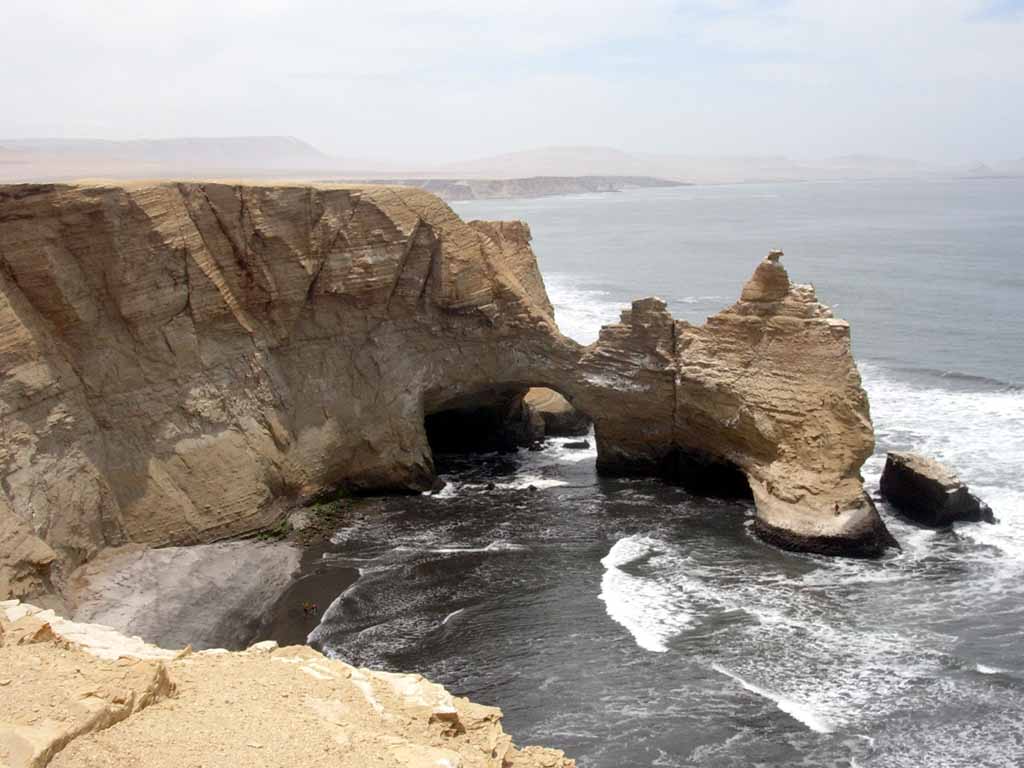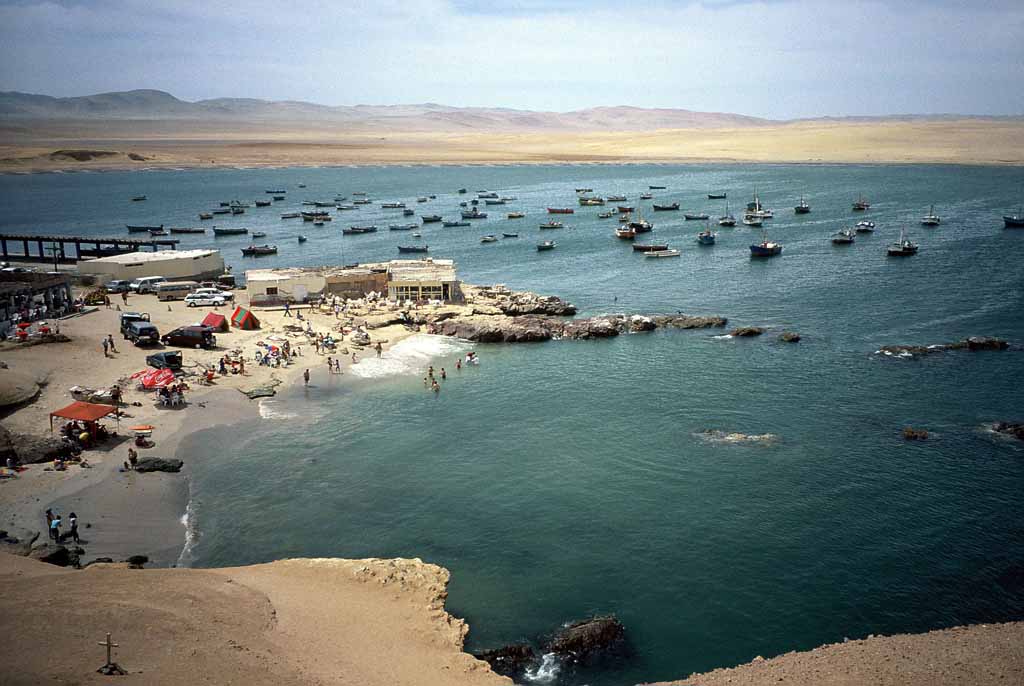Travelogue Peru 2006
Paracas and Islas Ballestas
We went a little bit back north to the port of Pisco and from there to the seaside resort Paracas. It was hardly more than 50 kilometers but it took half a day. The Peruvian buses are quite nice compared to Bolivia or Guatemala but still slow, often late and you always loose time waiting when you have to change buses.
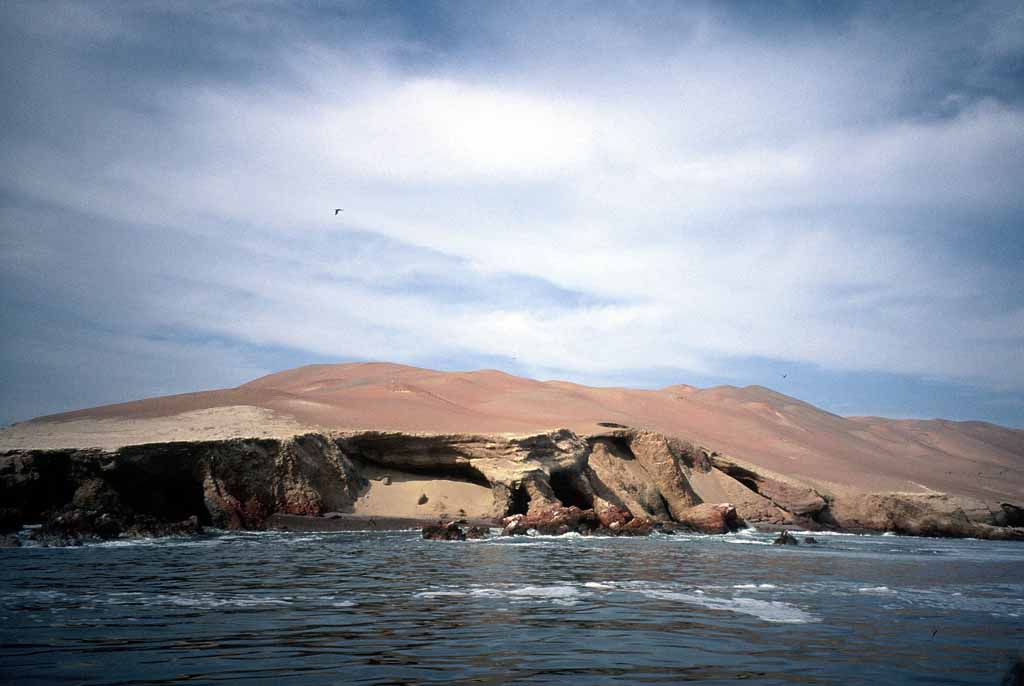
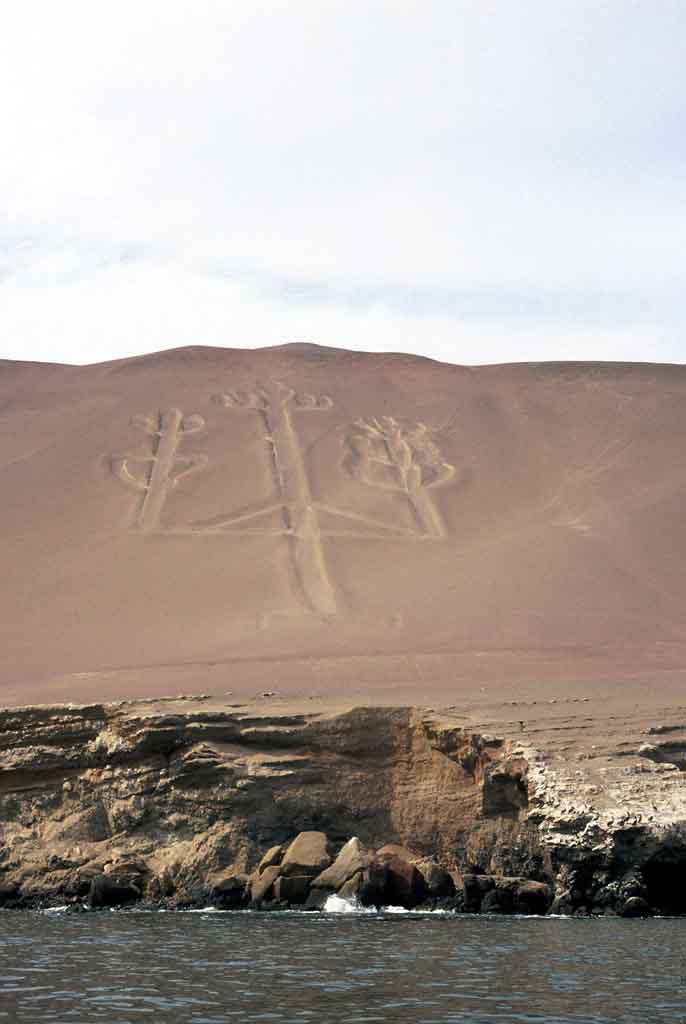
The main reason for visiting Paracas is its national park, a peninsula of maybe 20 square kilometers, some islands and the surrounding waters. Early next morning we left the harbor in a small boat with 20 other tourists and a guide to go to Islas Ballestas. These islands are eroded by water and wind (Paracas means sand storm, Ballestas means Arc, imagine the reason. Those surreal formations are covered by sea birds. If I understood correctly there are more species than in any other region of the world.

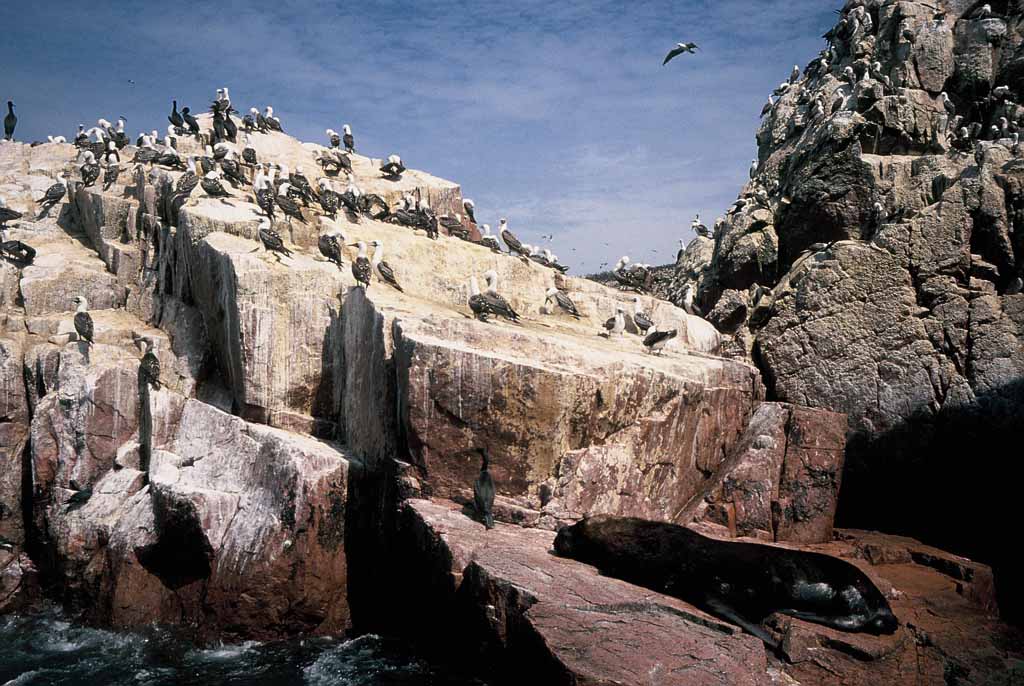
Many of them are endangered. Have a guess when those birds’ problems started!? Well, as early as possible, when the Spaniards arrived around 1540. They used the birds’ eggs as construction material for fortresses and churches! Quite a while later man discovered that sea bird shit not only makes awful stains but is also an excellent fertilizer. I guess it was somebody from Marketing who recommended changing the name of the product from sea bird shit to Guano. They started to collect the stuff all year long not caring to much that the workers disturbed the nesting birds or even destroyed the eggs. They meanwhile realized this and changed procedure. Each island is visited only every five years, the workers stay a couple of months and then continue to the next islands. I also assume that the job is called “Guano Extraction Manager” which was proposed by the same guy from Marketing when he had to help out in Human Resources and thus tricked many young Peruvians who otherwise would never had accepted the job 😉
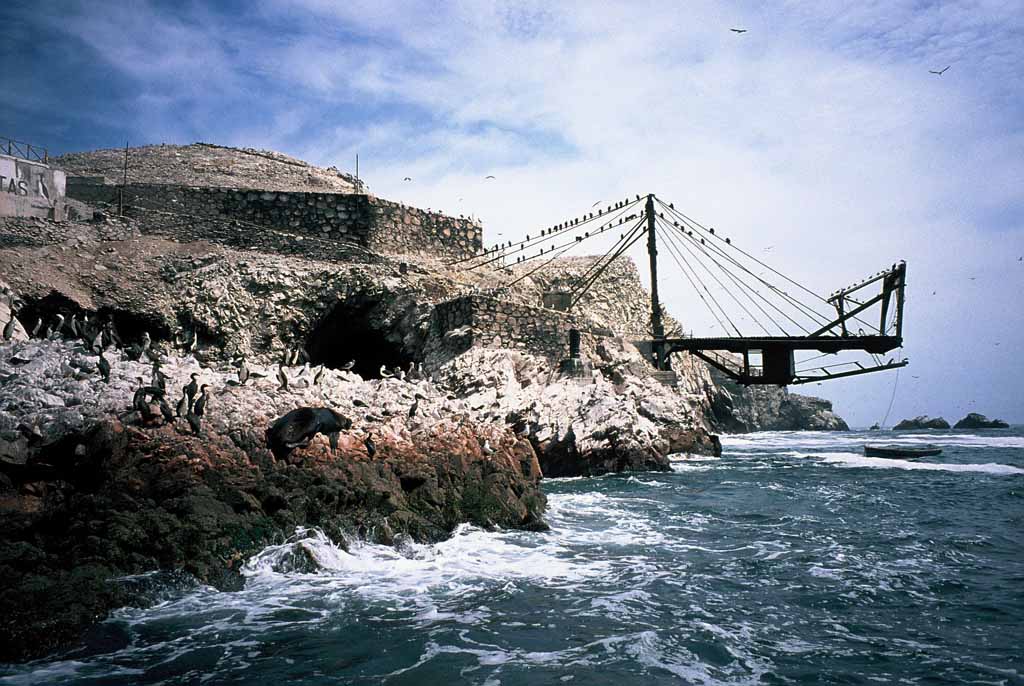
However the most serious threat for the birds is the fishing industry. What do you do if you don’t catch big fish anymore? You use a small meshed net and continue to make the mashes smaller till there are no fish anymore at least old enough to reproduce. What do you do, if the fishes are too small to sell them? You produce fish meal which then is fed to salmons, chickens etc. Here they now mostly catch sardines and anchovies and the fishermen get only some 60 dollars per tonne of fish. Did I mention that the fish meal factories are not owned by Peruvians?
Stopppp! This is a travel journal not the Greenpeace Newsletter. Well, it was a great trip and the odor was not too bad. Apart from rock formations and sea birds (including penguins) we saw lots of sea lions. We even saw a mother swimming with her baby but we soon had to realize that she was actually trying to defend her (obviously male) baby from an adult male sea lion (three times as heavy as the female). Male sea lions have chosen this method to reach something, some guys dream of: an average of 16 females per male. We could not see if the mother’s desperate efforts to save her baby were successful.
On the way back the boat ran out of fuel: Don’t travel Latin America if things like that would bother you too much.
The second part of the excursion was the Peninsula of Paracas, mostly scarce flat dessert. e visited some more spectacular rock formations and even saw dolphins in the distance (once again I recommend bringing good binoculars!). Lunch break was in a little fishing port. As all the buses bring their tourists there the restaurants are way to expensive and it was the worst food I had so far too. But the scenery is nice.
